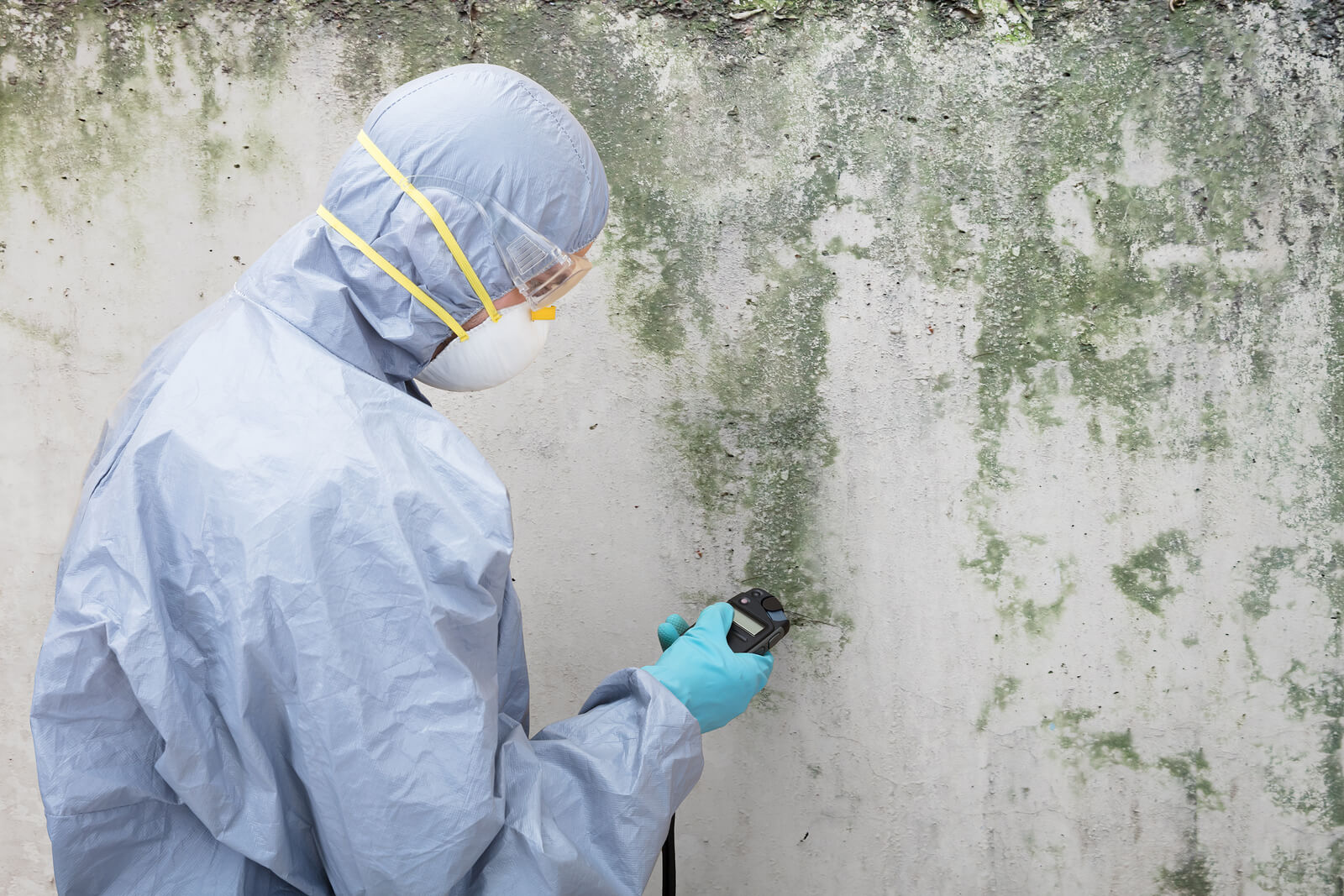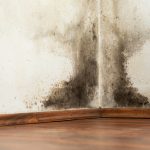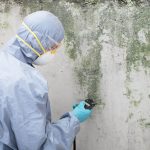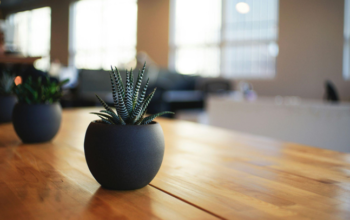Living in a world wherein the more of a DIY-er you are, the more praise will be heaped upon you, it can be incredibly daunting to think of the tasks around the home you may need to tackle. The lawn needs mowing, the garage painting, the attic needs to be re-insulated. There are tutorials all over YouTube, and blog post after post on Pinterest, instilling hope that maybe you can handle anything the housing gods throw your way. Until you start to notice something creepy up your walls, or blossoming in your stairwells: it seems you have black mold. Now do you call the professionals, or rely on yourself and all those perfectly lit Pinterest pictures; can you remove black mold by yourself?
What is black mold, and can it hurt my family?
Black mold is a type of fungus that shows as black, or in some cases, green, once it’s in a place where humans will see it. There are many different species of it, but the most commonly seen is Stachybotrys chartarum. It grows best in areas that are warm and humid, and can grow on wood, dirt, and paper. In a home, the rooms most likely to contain mold are kitchens, basements, and bathrooms.
While groundbreaking clinical trials have shown that there most likely isn’t a link between black mold exposure and cancer, the spores in your home could cause a whole host of other problems for adults and children alike. These problems include respiratory problems, rashes, and chronic fatigue. As these are symptoms for many other ailments, including the common cold, it can be hard to diagnose mold poisoning at first. But in some rare cases it can cause nose bleeds, vomiting, and even bleeding in the lungs. None of this sounds great, but there are many solutions, even for those that like to take care of things in their own way, or who simply can’t afford to pay an outside company to help with mold removal.
Can I remove black mold?
There are many ways to get rid of your pesky new house guest. If it has, unfortunately, eaten it’s way to your drywall (especially the back side of it), the only fail proof way to remove the mold is to cut out said drywall. It can be patched back together or a new piece can be put in as well, removing any doubts or fears that you didn’t get it all.
A common misconception with black mold is that you have to go nuclear, or chemical, in order to get rid of it. Blasting away the fungus yourself sounds like it could be fun, until you receive a chemical burn or cause damage to the house while you’re at it. Instead, try greener ways to insure your family’s health stays in tact. Use lemon juice to cover up the smell; the acidity in the lemons will also eat away the mold. Baking soda and water combined make a thick paste in which you can use to clear away what mold is already there and sterilize the area. Lastly, don’t be afraid to throw some elbow grease and use a brush while you’re at it. It could be an old toothbrush or one bought specifically for the occasion. Either way, a mold, unless caught early, can resist even the sharpest of bristles, and strongest of biceps.
Mold doesn’t have to be a life-altering event, nor does it need to cost a lot to remove. Sometimes all it takes is clever techniques passed down the generation, or a YouTube search.
Related Posts

Loves home. I am here to provide how to make your home a much better place. 🙂 Blogging about HomeDecor, Home Improvements and more.











